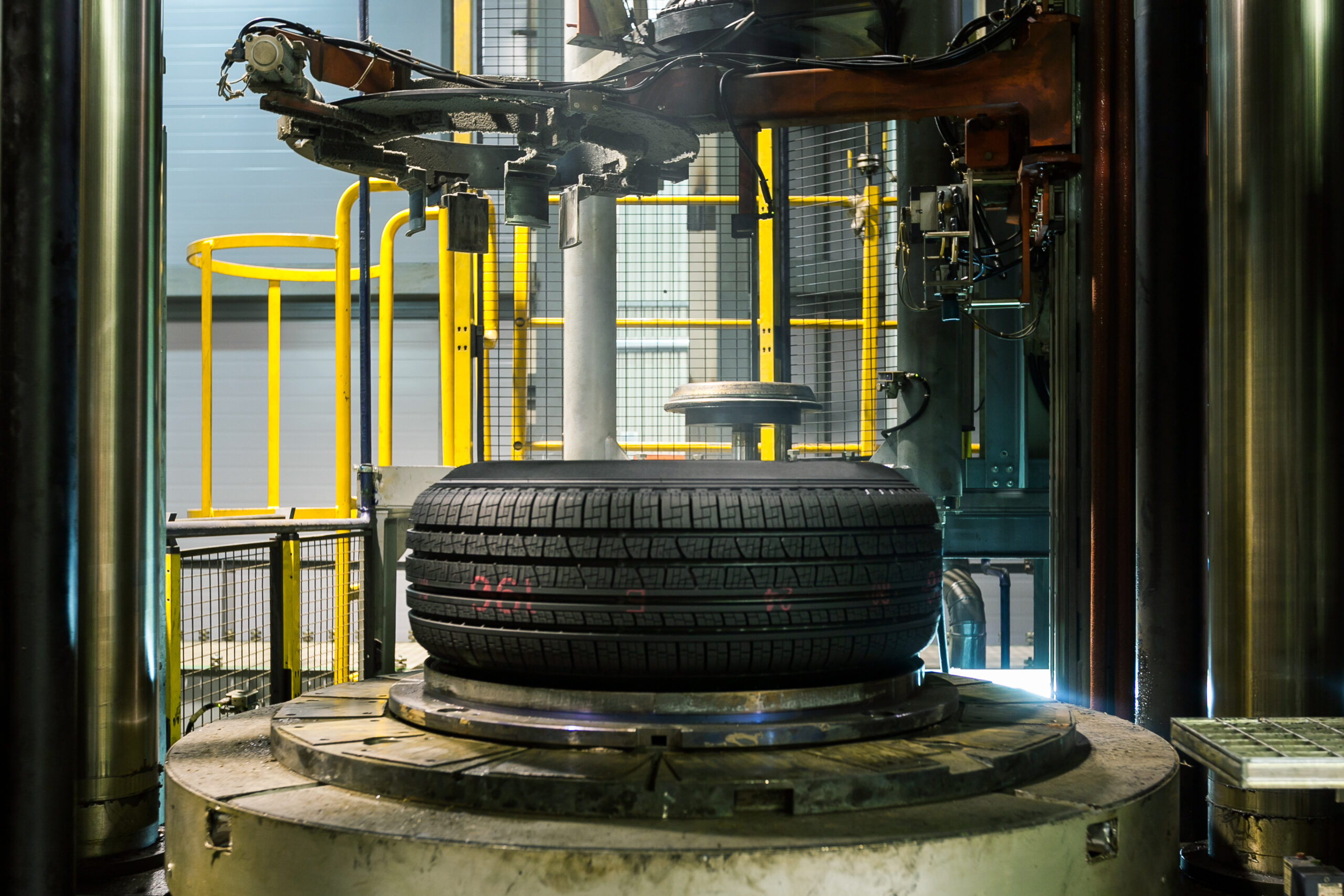
When most people hear about the auto industry and environmental issues, they think of electric vehicles or tailpipe standards. Tires are often left out of the conversation, but the industry is proactively working to change that.
Last year, the Tire Industry Project (TIP), a voluntary CEO-led sustainability collaboration under the umbrella of the World Business Council for Sustainable Development, released the Tire Sector SDG Roadmap. This 49-page document takes a closer look at eight of the U.N. Sustainable Development Goals where — based on relevance and sector competences — the tire sector can have the greatest impact. The report also lays out seven opportunities for the tire sector to maximize positive impact and minimize negative impact across the value chain.
Moving forward, TIP’s work “will have the Roadmap at its core,” the group pledged in the report, calling on “all members of the sector (including those who are not members of TIP)” to engage in moving the SDGs forward.
This framework makes the group’s work in measuring the environmental performance of its members even more relevant. TIP is comprised of 10 major global tire companies that together represent more than 60 percent of the industry. TIP analyzes the energy and water consumption, carbon emissions, and ISO 14001 certifications of its members’ manufacturing operations in an annually updated report series, Environmental Key Performance Indicators for Tire Manufacturing.
The latest iteration includes a comparison of aggregated annual data for 2009 to 2020, leveraging key performance indicators (KPIs) to assess progress.
“Our KPI reporting provides reference and inspiration for tire manufacturers’ ongoing efforts to improve the environmental performance of their operations,” Gavin Whitmore, communications manager for TIP, told TriplePundit. “We’ll continue to report on KPIs, and — in line with the aspirations of the SDG Roadmap for the tire sector — we have committed to strengthen reporting with the phased inclusion of any additional relevant KPIs beginning this year.”
What do tire companies need to measure?
One of the benefits of TIP’s approach is creating consistency and a level playing field on environmental metrics across the tire manufacturing industry.
All TIP members “have processes in place that contribute to address the potential impacts related to manufacturing, emissions emitted during the sourcing of raw materials, and the product use phase,” Whitmore said. But importantly, standardizing the KPIs and enabling members to compare their progress against others in the industry allows them to “focus their attention on the areas of the manufacturing process where the most impact can be made toward improved environmental performance,” he added.
While the data are helpful for assessing overall performance in the industry, TIP itself does not create a ranking or compare companies with each other. It instead views the measurement as a way for the companies to spur themselves forward. In fact, TIP does not have access to individual company data; the group instructs consulting company Deloitte to collect data and share aggregated results by KPI, rather than by company.
How the tire sector can support the SDGs
The SDG Roadmap “reveals that the tire value chain interacts with all 17 SDGs and identifies company operations as one of the key stages in the tire life cycle with opportunity for improved sustainability,” Whitmore told 3p.
While each member company has policies and initiatives already in place to help achieve the goals of the SDGs, “these KPIs complement those efforts by helping to track improvements in the environmental performance of manufacturing operations,” he explained.
The Roadmap identifies the eight priority SDGs for the tire sector. SDG 8 (Decent Work and Economic Growth) and SDG 12 (Responsible Production and Consumption) were found to be the most impactful, followed by six other SDGs, including gender equality and clean water and sanitation. With an understanding that specificity and guidance in how to meet SDG targets can make success more attainable, TIP lays out Impact Pathways to “guide sustainability-driven actions toward specific SDG targets,” Whitmore said.
The bottom line
Taking the COVID-19 pandemic out of it — the industry saw a 16 percent drop in production in 2020 compared to 2019 — one important takeaway is that despite the pandemic, TIP members continued to improve their energy efficiency. Further, transitioning to cleaner energy sources, such as wind and solar, significantly increased over the period reviewed. Water intensity also improved, especially in regions with manufacturing facilities in water-stressed areas, and two members are using the Aqueduct tool from the World Resources Institute (WRI) to track water stress alongside their own consumption data.
Again, the report uses aggregated data, but it does include specific examples of member initiatives and SDG-related activities, in the hopes of providing both inspiration and a dose of friendly competition for other members.
TIP also says it is working on the next round of reporting. It plans to add further relevant KPIs to its reporting mechanism by 2023 and intends for a 2026 update of the Roadmap to include reflections on important developments in climate-related technology and innovation.
Having CEO engagement in such initiatives can help ensure their success. Further, the involvement of the majority of the sector results in scaled impact across the industry, strengthening the tire businesses while providing consumers with additional transparency. At a time when many customers not only buy with their wallet but also with their conscience, a reporting structure like TIP’s for the tire industry can be a powerful tool.
This article series is sponsored by the Tire Industry Project and produced by the TriplePundit editorial team. Members of the Tire Industry Project (in alphabetical order) are Bridgestone, Continental, Goodyear, Hankook, Kumho Tire, Michelin, Pirelli, Sumitomo Rubber, Toyo Tires, and Yokohama Rubber.
Image credit: rh2010/Adobe Stock
This article was originally published at TriplePundit.com
Link to article: https://www.triplepundit.com/story/2022/kpis-tire-sector-sdgs/740296





